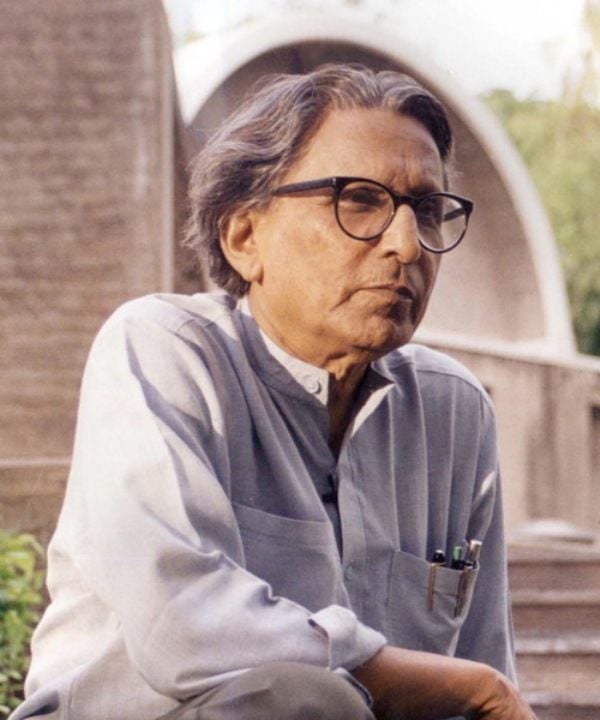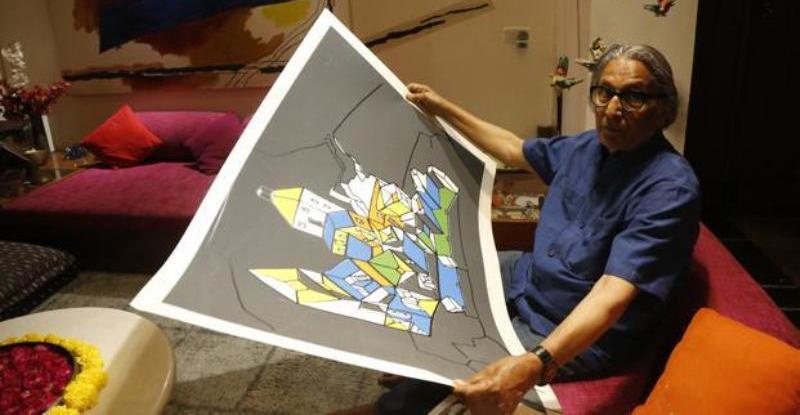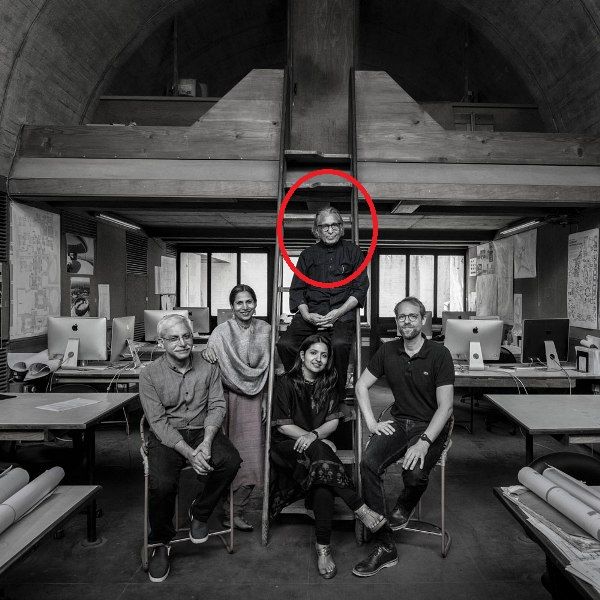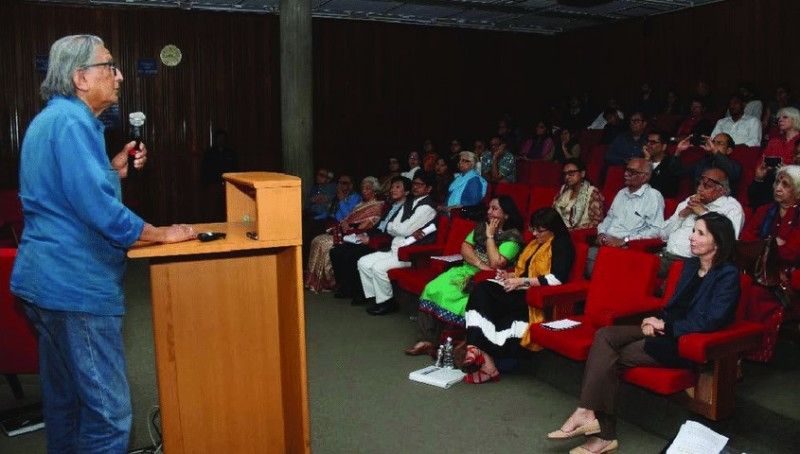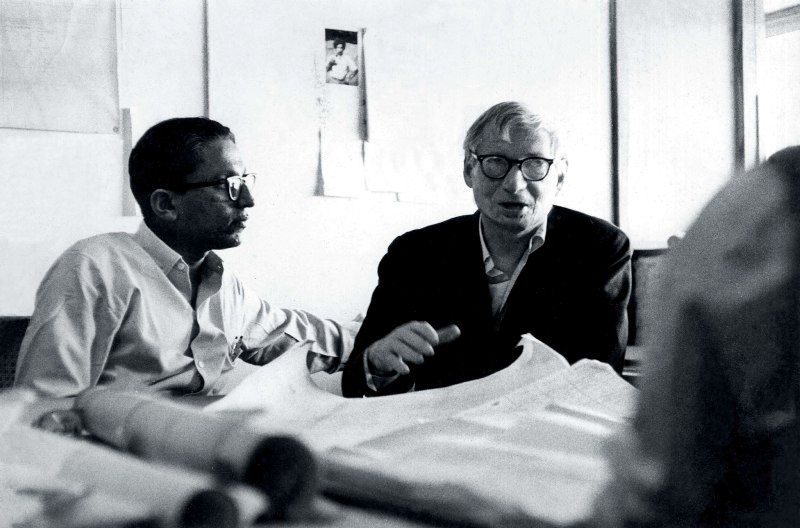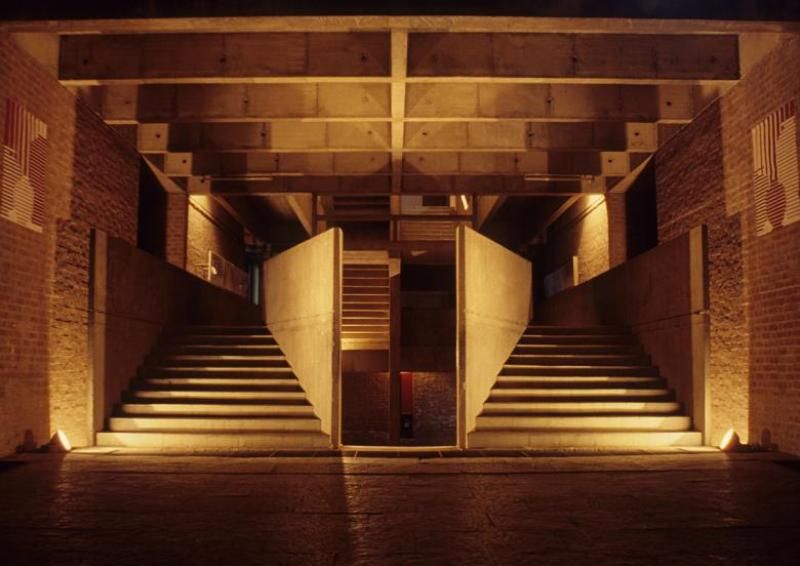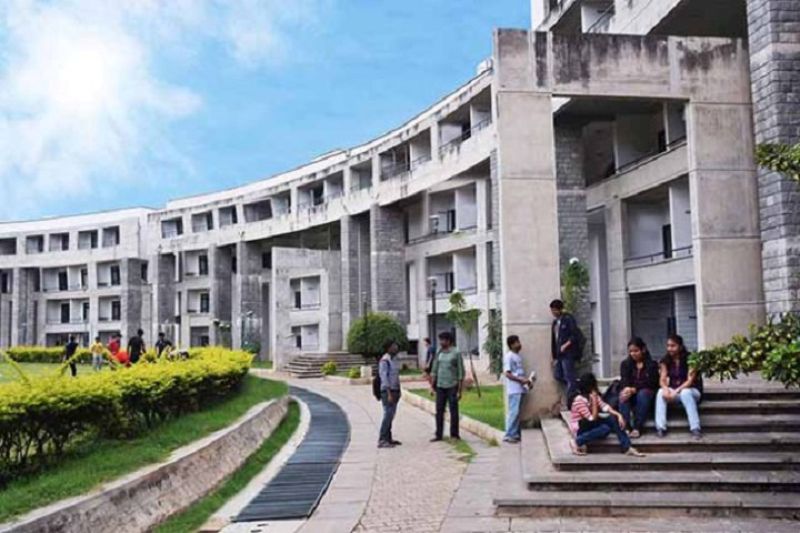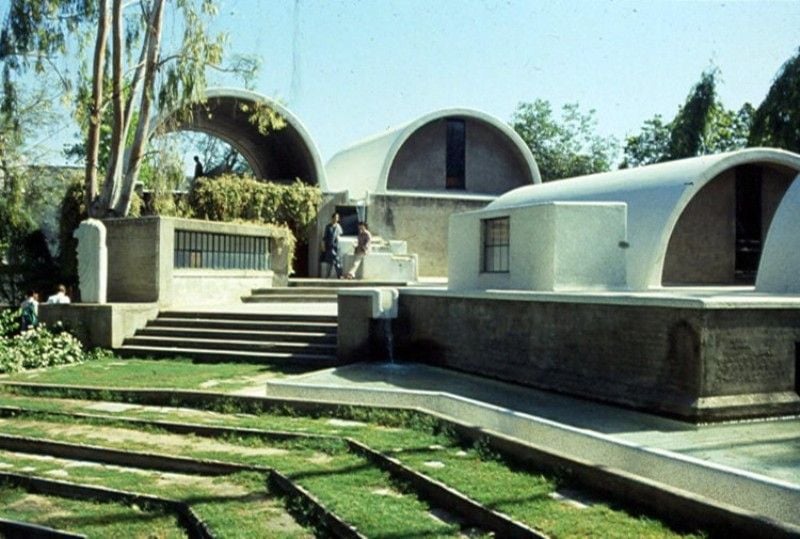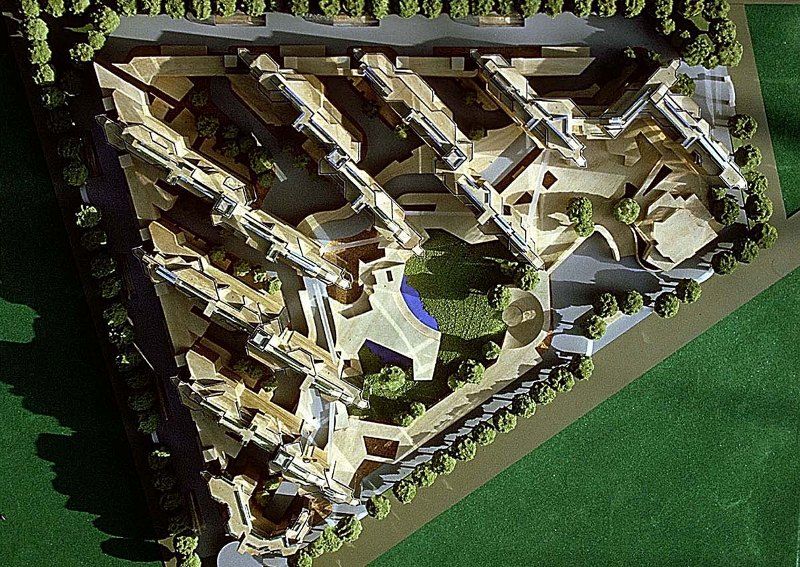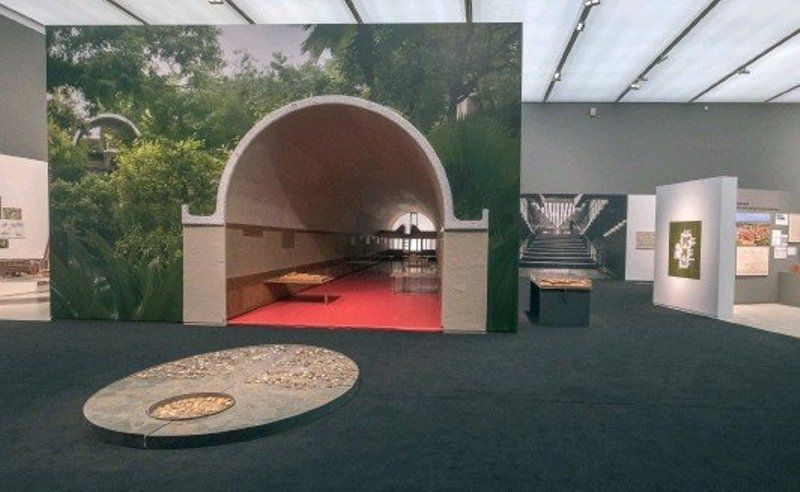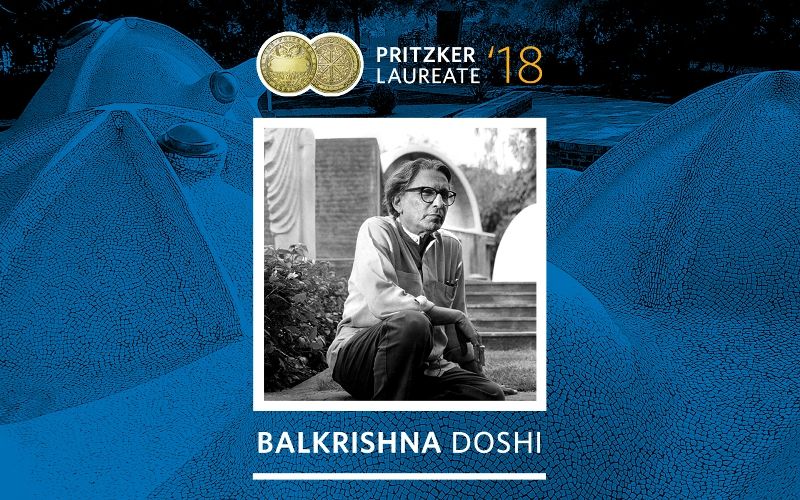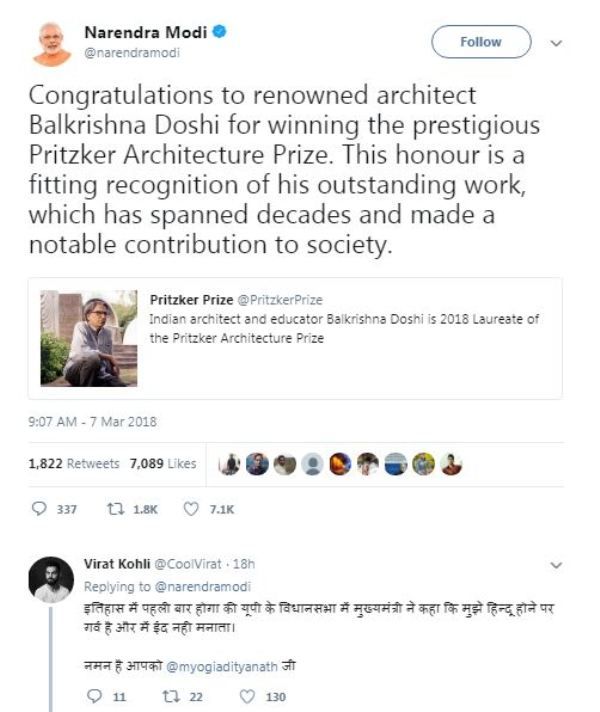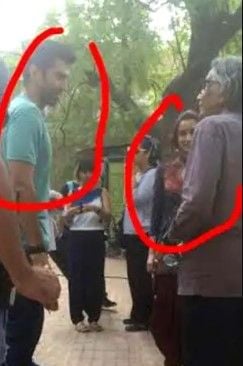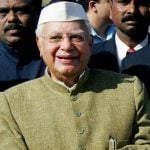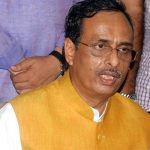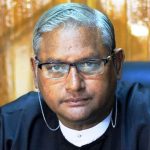Balkrishna Doshi Age, Wife, Children, Family, Biography & More
| Bio/Wiki | |
|---|---|
| Full name | Balkrishna Vithaldas Doshi [1]WrightWood |
| Profession | Architect |
| Famous For | Being the recipient of the world’s highest honour for architecture 'Royal Gold Medal' in 2022. |
| Physical Stats & More | |
| Height (approx.) | in centimeters- 175 cm in meters- 1.75 m in feet & inches- 5’ 9” |
| Weight (approx.) | in kilograms- 70 kg in pounds- 154 lbs |
| Eye Colour | Black |
| Hair Colour | Salt and Pepper |
| Career | |
| Awards, Honours, Achievements | • 1976: Padma Shri by the Government of India • 1993–1995: 6th Aga Khan Award for Architecture for Aranya Community Housing • 2007: Global Award for Sustainable Architecture • 2011: France's highest honour for arts, the Officer of the Order of Arts and Letters • 2017: Dhirubhai Thakar Savyasachi Saraswat Award • 2018: Pritzker Architecture Prize • 2020: Padma Bhushan by the Government of India • 2022: Royal Gold Medal for Architecture for the year 2022 by the Government of United Kingdom • Honorary doctorate from the University of Pennsylvania. • In 1954, he became an associate member of the Royal Institute of British Architects (RIBA). • In 1993, he was named the Architect of the Year by JK Cement Ltd., India. |
| Personal Life | |
| Date of Birth | 26 August 1927 (Friday) |
| Age (as of 2021) | 94 Years |
| Birthplace | Pune |
| Zodiac sign | Virgo |
| Signature |  |
| Nationality | Indian |
| Hometown | Ahmedabad |
| College/University | • Fergusson College, Pune • J. J. School of Architecture, Mumbai • Polytechnic of North London |
| Educational Qualification | Degree in Architect |
| Religion/Religious Views | Hinduism [2]WrightWood |
| Relationships & More | |
| Marital Status | Married |
| Family | |
| Wife/Spouse | Kamala Parikh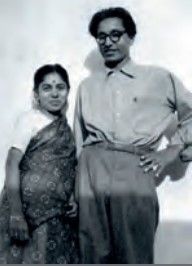 |
| Children | Daughter- 3 • Tejal • Radhika • Maneesha |
| Parents | Father- Vithaldas Doshi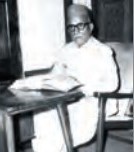 Mother- Radha 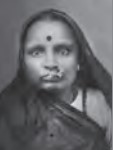 |
Some Lesser Known Facts About Balkrishna Doshi
- Balkrishna Doshi is an Indian architect who is known for his contribution to the evolution of architecture in India.
- When he was eight years old, he used to visit his grandfather’s furniture workshop from where he started gaining interest in buildings and sculptors.
- At the age of 11, he tried to imitate a fire trick and burnt his leg. He did not get the amputation done and that left him with a slight limp on his leg.
- In an interview, he revealed that he used to study in open spaces rather than a closed classroom.
- His art teacher Venekatesh Patil guided him to study architecture at Bombay. He used to feel left out because all the students in his college spoke English, and he could not communicate with them easily.
- In 1951, his friend Hari Kanhere’s invited him to visit London and appear for the Royal Institute of British Architects (RIBA) exam. When he was writing the exam in England, a member of Le Corbusier’s team, tells Doshi that they would design the city of Chandigarh. He asks them if he could join the team and soon he moved to Paris to work with Le Corbusier. When he returned to India, he worked on the designs of the High Court and Governor’s Palace in Chandigarh and, later, the Mill Owners’ Association building and Shodhan House in Ahmedabad, Gujarat. He also supervised the designs of Villa Sarabhai, Villa Shodhan, Mill Owners’ Association Building, and Sanskar Kendra.
- In 1955, he met his wife Kamala Parikh, but due to religious differences, their families accepted their marriage late.
- In 1956, Doshi started his own office ‘VastuShilpa,’ which was now renamed as Vastushilpa Consultants.
- In 1957, he received the $10,000 Graham Foundation’s International Fellowship under which he met big architects, designers such as Mies van der Rohe, Josep Lluís Sert, Charles and Ray Eames, Friedrich Kiesler.
- In 1959, he participated in the international competition for the Toronto City Hall in Toronto, Canada, and he teamed up with Yoshikatsu Tsuboi. According to him, he got to understand the relationship between architecture and structural systems.
- He has given many lectures in the UK, US, Europe, New York.
- In 1961, he was given the contract to design the Indian Institute of Management in Ahmedabad. He suggested that American architect Louis Kahn should design the building. Kahn accepted the offer and also involved Doshi in it.
- In 1962, when he turned 35, he found the School of Architecture, CEPT (Centre for Environmental Planning and Technology) in Ahmedabad. He taught in the institute till 2008 and later served as the director of the institute till 1972.
- In 1964, he published the article ‘Main Structure Concept. A Role for the Individual in City Planning’ along with the American architect Christopher Alexander. In 1967, one of his articles “Architecture for Time and Change – A System” was published in the Japanese architecture magazine Kenchiku Bunka.
- In 1970, he made a plan for the Dal Lake Area in Srinagar. In 1972, he also made a plan for the Gulmarg−Tangmarg area in Jammu and Kashmir.
- In 1973, he was commissioned to design the new building of the Indian Institute of Management, Bangalore.
- In 1976, he found the Vastushilpa Foundation for Studies and Research that became a non-profit organization in 1978.
- In 1980, he built his own studio, Sangath.
- In 1992, he was given the contract to design the Bharat Diamond Bourse in Mumbai. He had to open a branch of his office in Mumbai for this project.
- In 2001, when an earthquake occurred in Gujarat, the Vastushilpa Foundation for Studies and Research in Environment Design worked as a rehabilitation for the people.
- In 2008, a documentary ‘Doshi’ was made Premjit Ramachandran on the life of Doshi.
- In 2014, the first exhibition of Doshi’s work, ‘Celebrating Habitat: The Real, the Virtual and the Imaginary,’ was made by the architect Khushnu Panthaki Hoof, and was opened at the National Gallery of Modern Art in New Delhi.
- In 2018, he was honoured with Pritzker Architecture Prize and became the first Indian to achieve this and also the 45th Pritzker Prize Laureate. The jury of the award show talked about why Doshi was awarded. They said,
With an understanding and appreciation of the deep traditions of India’s architecture, he united prefabrication and local craft and developed a vocabulary in harmony with the history, culture, local traditions and the changing times of his home country India.”
Prime Minister Narendra Modi also congratulated him and tweeted about this on Twitter.
- According to Doshi, he was inspired by the historic Indian monuments, work of European and American architects.
- He has also delivered a TED Talk at TEDx Talk (an international community that conducts TED-style talks across India), which was held at Nirma University in 2016.
- He has appeared in the Tamil film ‘O Kadhal Kanmani’ in 2015 and in the Bollywood movie ‘Ok Jaanu’ in 2017.
- He was chosen to be awarded the Royal Gold Medal for Architecture for the year 2022 by the Government of the United Kingdom. In an interview, he talked about how he felt while his name was elected for the award. He said,
I am pleasantly surprised and deeply humbled to receive the Royal Gold Medal from the Queen of England. The news of this award brought back memories of my time working with Le Corbusier in 1953 when he had just received the news of getting the Royal Gold Medal. I vividly recollect his excitement to receive this honour from Her Majesty. He said to me metaphorically, ‘I wonder how big and heavy this medal will be.’ Today, six decades later, I feel truly overwhelmed to be bestowed with the same award as my guru, Le Corbusier – honouring my six decades of practice.”
References/Sources:

